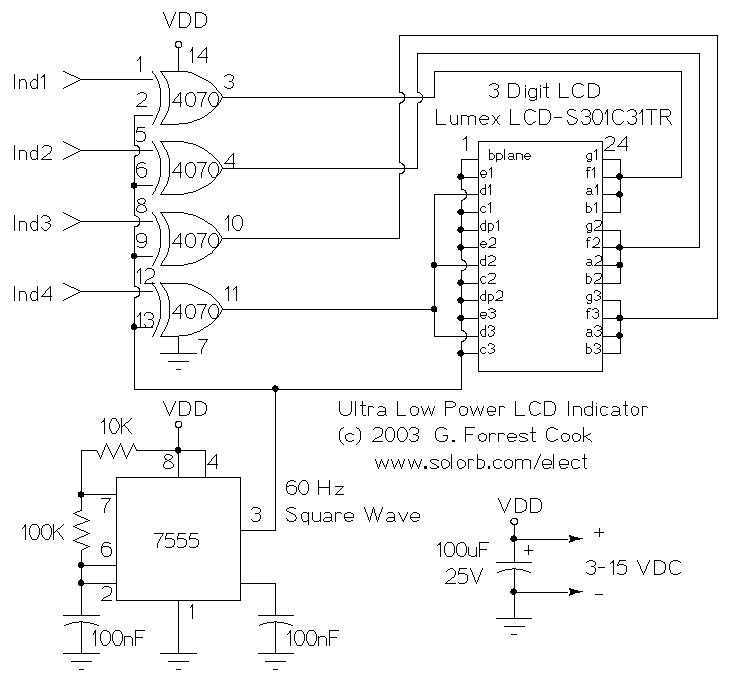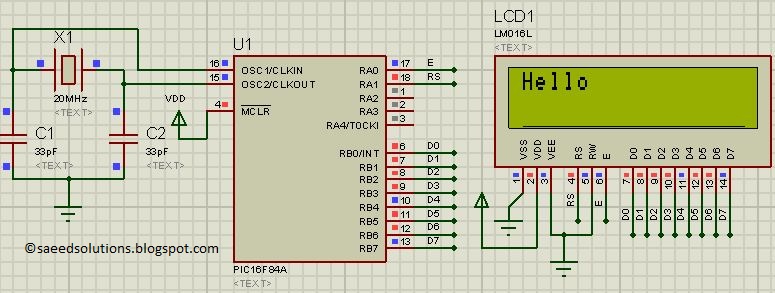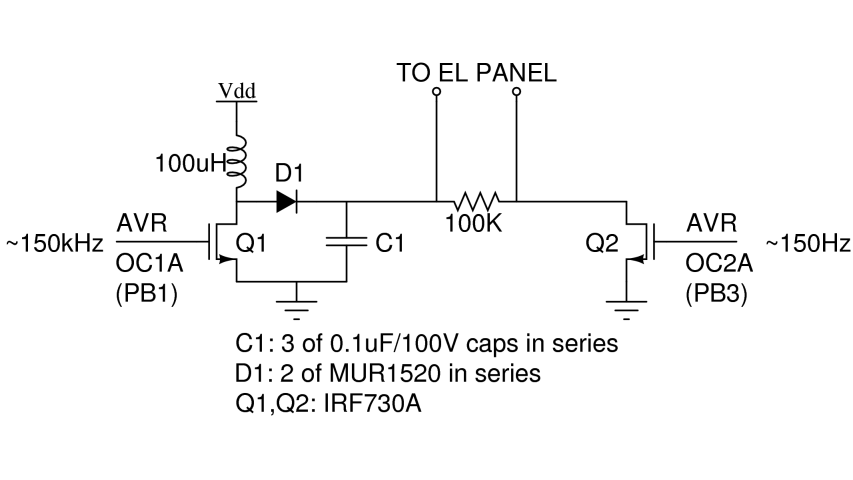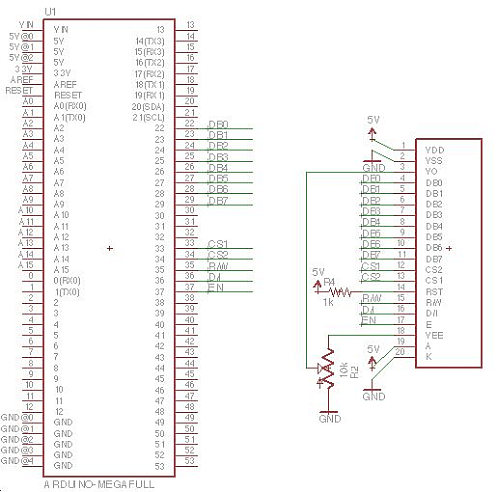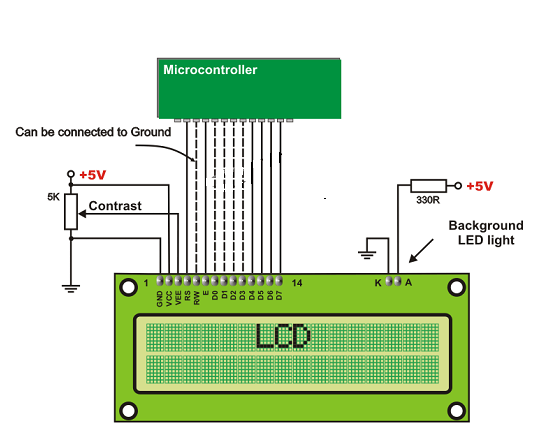
interfacing 2x16 lcd with spartan 6 fpga
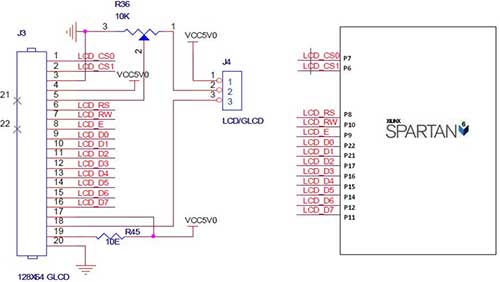
The Spartan-6 board features a 2x16 LCD, as illustrated in the accompanying figure. This 2x16 character LCD interface card supports both 4-bit and 8-bit modes, and it includes a facility for contrast adjustment via a trim potentiometer. In the 8-bit mode, a total of 11 lines are required: 8 data lines (D0 to D7), three control lines, the address bit (RS), the read/write bit (R/W), and a control signal (E). The LCD controller utilized is the standard KS0070B or an equivalent, which is a widely recognized interface for smaller character-based LCDs.
The Spartan-6 board's LCD interface is designed to accommodate a variety of applications, particularly those requiring a compact display solution. The 2x16 LCD can display up to 32 characters, making it suitable for simple text output in embedded systems. The flexibility of supporting both 4-bit and 8-bit modes allows for adaptability based on the specific requirements of the application.
In 4-bit mode, only four data lines (D4 to D7) are utilized for data transmission, which conserves the number of I/O pins needed on the Spartan-6 board. This mode is advantageous in applications where pin count is critical. The control lines include the Register Select (RS) line, which determines whether the data being sent is command or character data, the Read/Write (R/W) line for specifying the operation mode, and the Enable (E) line that triggers the LCD to read the data present on the data lines.
The contrast adjustment feature, provided by a trim potentiometer, allows for optimal visibility of the LCD display under varying lighting conditions. This is particularly important in applications where the display may be viewed from different angles or under different ambient light levels.
The KS0070B controller is a robust choice for managing the LCD, as it is compatible with a wide range of microcontrollers and provides reliable performance for character-based displays. Its established presence in the market ensures a wealth of resources and documentation for troubleshooting and implementation.
Overall, the Spartan-6 board with its 2x16 LCD interface is a versatile solution for integrating a simple yet effective display into electronic projects, enhancing user interaction and data presentation capabilities.The Spartan-6 board has 2x16 LCD, indicated as in Figure. The 2x16 character LCD interface card with supports both modes 4-bit and 8-bit interface, and also facility to adjust contrast through trim pot. In 8-bit interface 11 lines needed to create 8-bit interface; 8 data bits (D0 D7), three control lines, address bit (RS), read/write bit (R/W)
and control signal (E). The LCD controller is a standard KS0070B or equivalent, which is a very well-known interface for smaller character based LCDs. 🔗 External reference
The Spartan-6 board's LCD interface is designed to accommodate a variety of applications, particularly those requiring a compact display solution. The 2x16 LCD can display up to 32 characters, making it suitable for simple text output in embedded systems. The flexibility of supporting both 4-bit and 8-bit modes allows for adaptability based on the specific requirements of the application.
In 4-bit mode, only four data lines (D4 to D7) are utilized for data transmission, which conserves the number of I/O pins needed on the Spartan-6 board. This mode is advantageous in applications where pin count is critical. The control lines include the Register Select (RS) line, which determines whether the data being sent is command or character data, the Read/Write (R/W) line for specifying the operation mode, and the Enable (E) line that triggers the LCD to read the data present on the data lines.
The contrast adjustment feature, provided by a trim potentiometer, allows for optimal visibility of the LCD display under varying lighting conditions. This is particularly important in applications where the display may be viewed from different angles or under different ambient light levels.
The KS0070B controller is a robust choice for managing the LCD, as it is compatible with a wide range of microcontrollers and provides reliable performance for character-based displays. Its established presence in the market ensures a wealth of resources and documentation for troubleshooting and implementation.
Overall, the Spartan-6 board with its 2x16 LCD interface is a versatile solution for integrating a simple yet effective display into electronic projects, enhancing user interaction and data presentation capabilities.The Spartan-6 board has 2x16 LCD, indicated as in Figure. The 2x16 character LCD interface card with supports both modes 4-bit and 8-bit interface, and also facility to adjust contrast through trim pot. In 8-bit interface 11 lines needed to create 8-bit interface; 8 data bits (D0 D7), three control lines, address bit (RS), read/write bit (R/W)
and control signal (E). The LCD controller is a standard KS0070B or equivalent, which is a very well-known interface for smaller character based LCDs. 🔗 External reference
